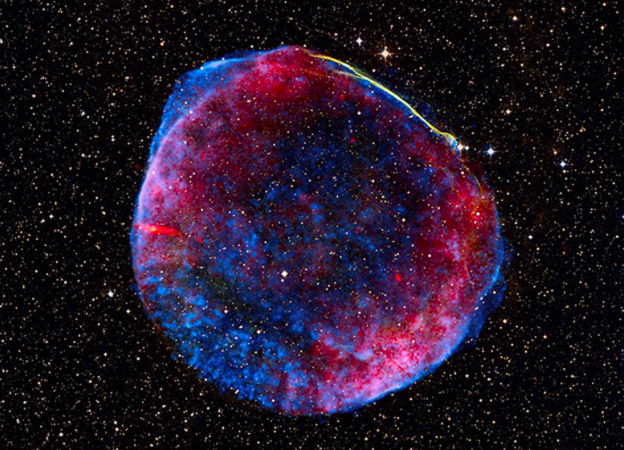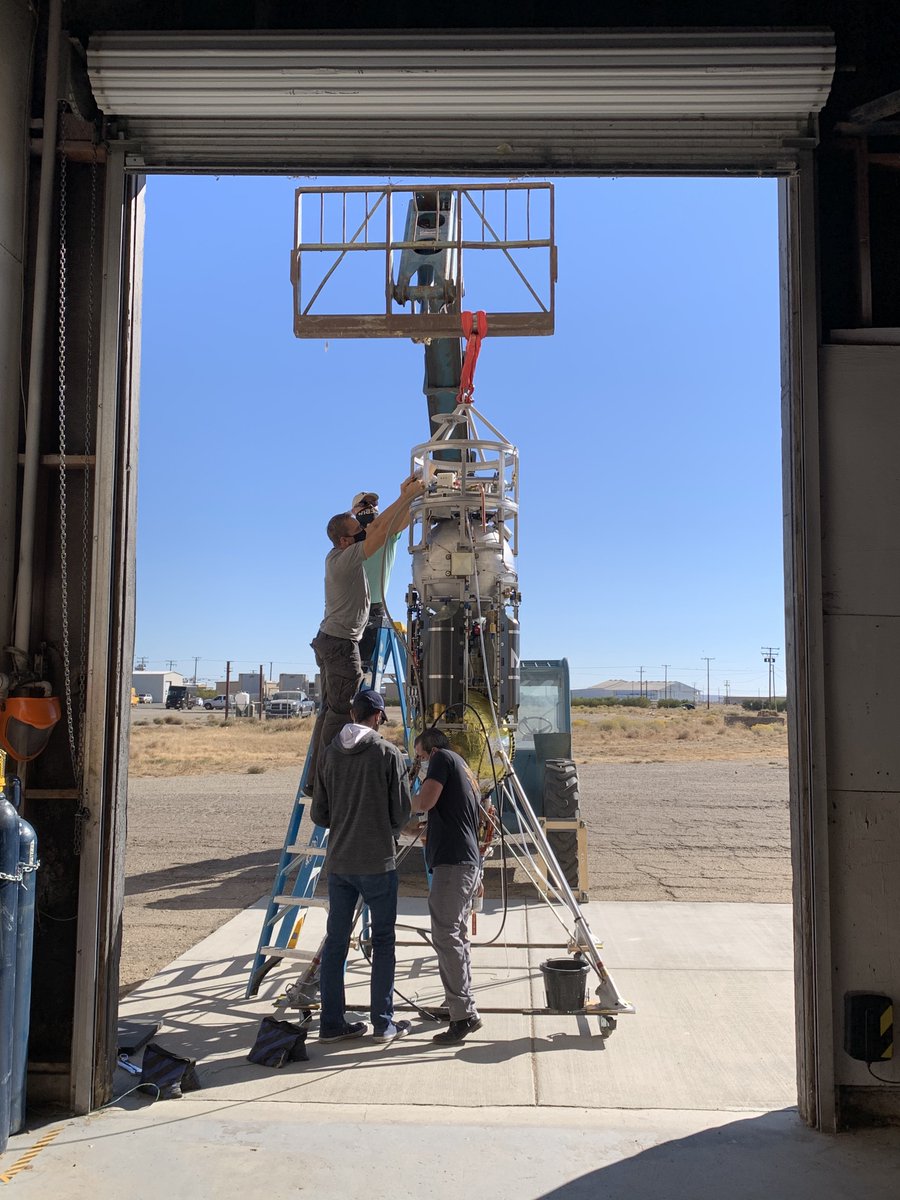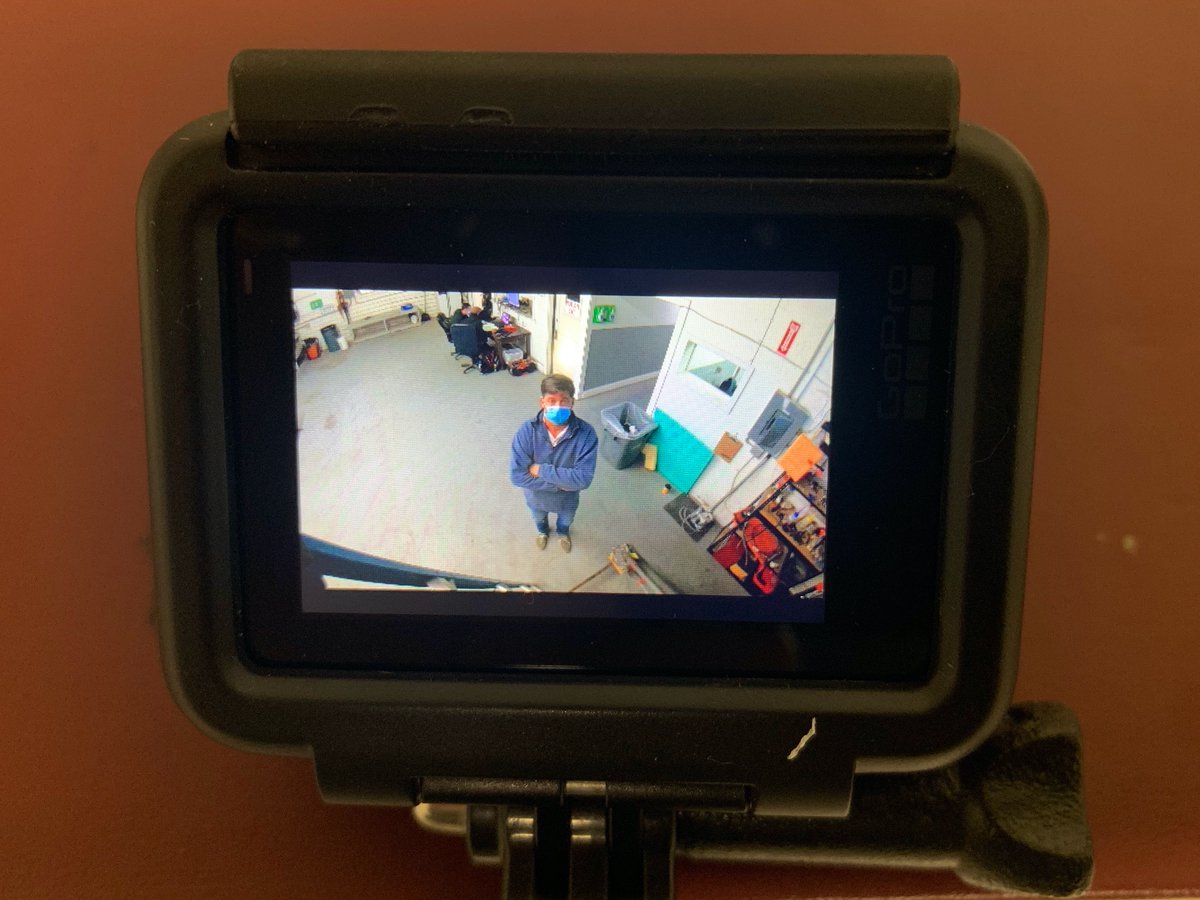
I have worked with lunar samples but I don’t remember smelling anything. The astronauts who were there reported that it smelled like gunpowder. Our belief is that on the Moon the minerals have broken chemical bonds on their surfaces that activate our smell sensation, BUT... 1/2
https://twitter.com/EweniqueB/status/1355476885162045441
2/ ...when lunar samples are exposed to air, the molecules bond with those locations on the minerals, passivating their surfaces, so they lose the gunpowder smell. In Houston the samples are stored in dry nitrogen but no gas is perfectly pure so passivation is inevitable I guess. 
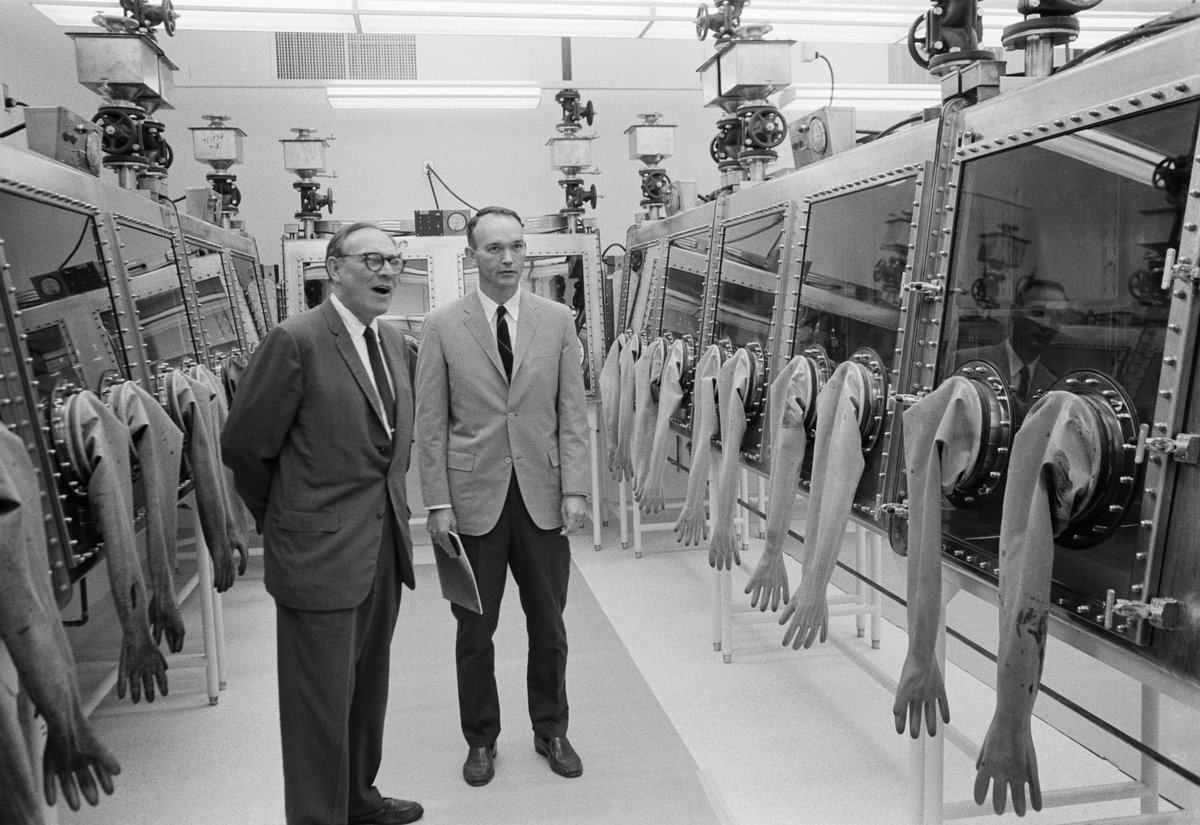
3/ This is the story we tell, but I’m not totally sure about the details. It raises the question how did the dust retain its smell as the Lunar Module was re-pressurized and the crew removed their helmets to smell it? Was the air still dry enough, even as sweat was evaporating? 
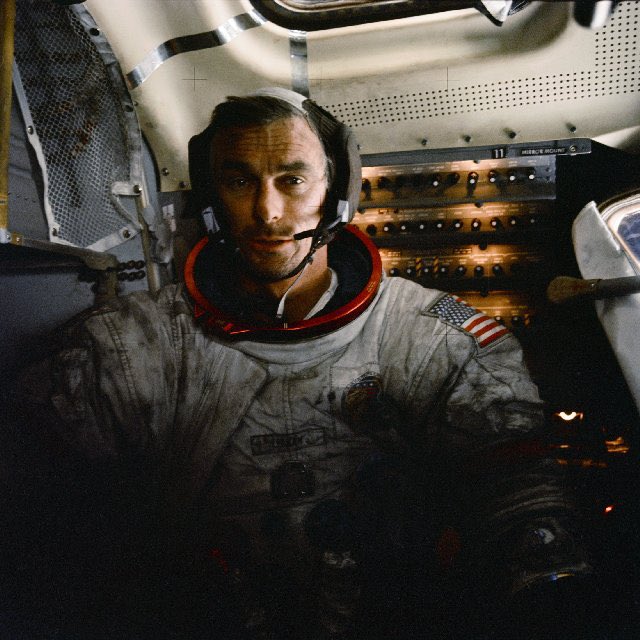
4/ I should also mention how these “dangling bonds” on the surfaces of minerals formed in the first place. If you put rock in a vacuum chamber here on Earth, it won’t suddenly develop this gunpowder smell all on its own. The reason we believe it happened on the Moon is because... 

5/ ...the lunar surface environment has a lot of energetic physics that can break chemical bonds, including super harsh ultraviolet light, lots of cosmic radiation, and the charged particles blowing in the solar wind. (Image: NASA) 

6/ This happens on the lunar surface, but not on Earth’s, because here we are protected by a thick atmosphere & magnetosphere that stop most cosmic rays, block the solar wind, and filter out most ultraviolet light. Air also serves as a pathway for electric charges to dissipate. 

7/ So we think the smell of lunar dust is the result of “space weathering” which happens on airless bodies like the Moon. There is a LOT we don’t understand about space weathering. We DO know it changes not only the smell but also the color of minerals. (Source: @IntrplnetSarah) 
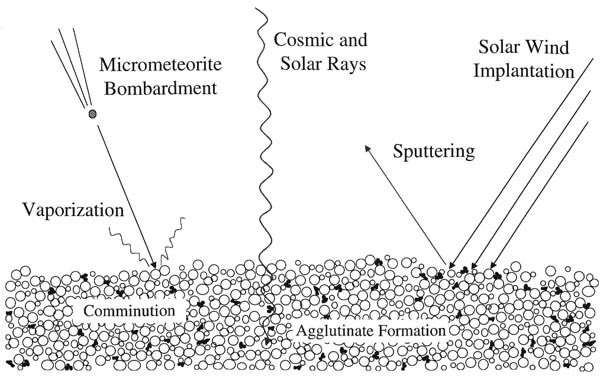
8/ Space weathering generally turns regolith redder by diminishing the reflectance of minerals at the shorter wavelengths, i.e., in the bluer end of the spectrum. (psrd.hawaii.edu/Aug09/solarwin…)
9/ It is important to understand space weathering for many reasons. Example: when we compare meteorites on Earth to asteroids in space, the reflected colors don’t look the same. The weathered surfaces burned off as the meteorites entered our atmosphere.(livescience.com/amp/27183-aste…) 
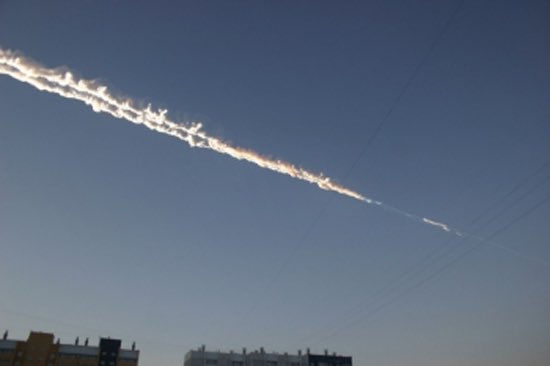
9/ As a result we cannot do direct comparison of meteorites with the asteroids and it is difficult to know what the asteroids are made of. This hurts our ability to unravel the history of the asteroids and understand our own context in this solar system. (solarsystem.nasa.gov/resources/1980…) 

10/ One of the major goals of returning astronauts to the surface of the Moon is to study space weathering. This will help us understand all airless bodies, not just the Moon. So when we go back and smell that gunpowder smell, we will be asking what processes made it this way? 

10(a)/ Thread repair. Somehow I usually break the thread 🤦♂️. But it continues from this point:
https://twitter.com/drphiltill/status/1355547867302268928
11/11 So our goals in returning to the Moon are central to our understanding of humanity’s context in the overall Solar System. How did we get here? How our is home changing? What will its future be? The smell of moondust is a deeper question than it may at first seem. 

• • •
Missing some Tweet in this thread? You can try to
force a refresh


